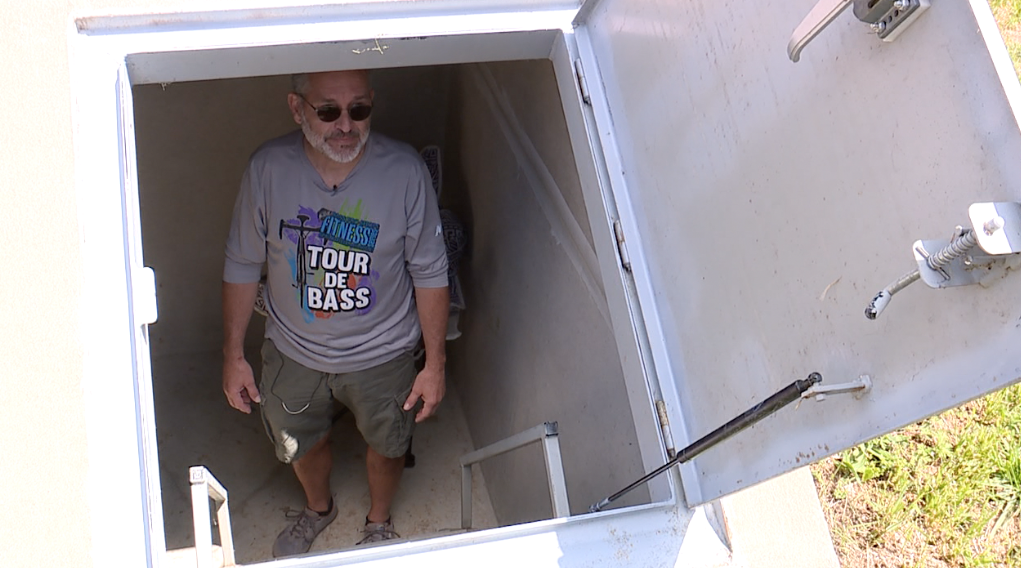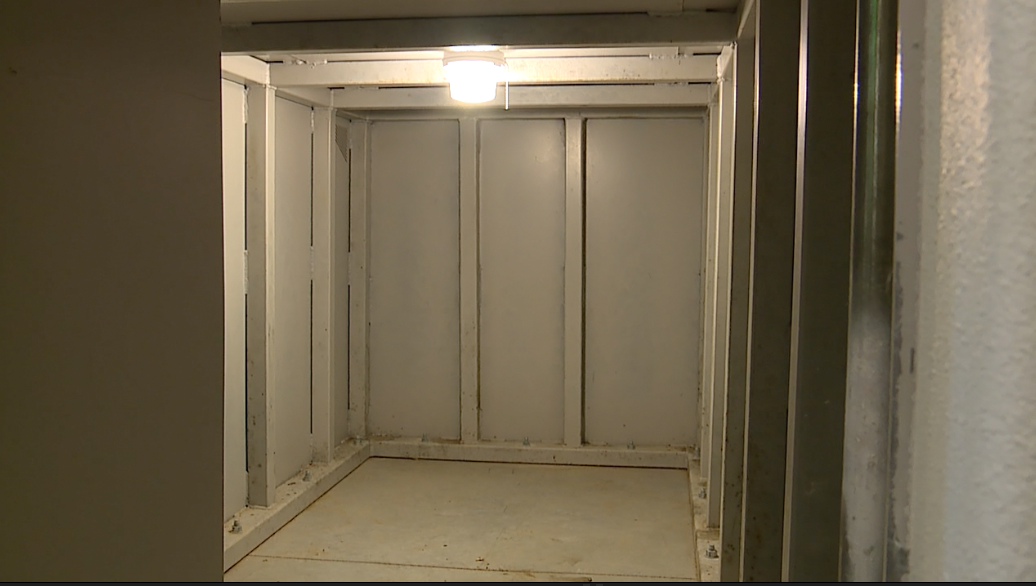JOPLIN, Mo. — The deadly 2011 tornado in Joplin, Missouri, forever changed not only residents’ lives, but also the structures they call home.
The 41 Action News I-Team took a closer look at how the people of Joplin and their city government rebuilt with safety in mind.
Shelters and Basements
In 2011 Darren Dahle-Melsaether and his wife lived in Monett, a town 40 miles from Joplin.
Despite their distance from the path of the tornado, they quickly realized just how catastrophic it had been.
Debris from Joplin littered their yard.
After helping with cleanup and seeing the carnage, Dahle-Melsaether vowed he would never live in a home that didn’t provide shelter from a storm.
“It’s one of the things that kind of was a requirement for living here, was having a tornado shelter,” Dahle-Melsaether said.

The couple moved to Joplin last November, and they found a home with a storm shelter.
It’s a safe haven submerged in the backyard and stocked with essentials.
“We have water, we have food. We have a port-a-potty, we have an emergency radio,” Dahle-Melsaether said, pointing to the items in his shelter.
The 41 Action News I-Team learned the city doesn’t require storm shelters or basements. However, a lot of residents chose to install them to feel safer.
“You do see them, many more than there used to be,” Dahle-Melsaether said.
For some rebuilding without a shelter was unthinkable.
“It just seemed like that was where the project should start, and you would almost build everything around it,” Kevin Parker, President of Parker Development, said.
Parker’s company built the Delaware Duplex Community off south 20th street. It was the first housing development built with state tax credits after the 2011 tornado.
During the design phase, Parker decided to add shelters. It was a risk at the time, because cost was a factor in the competition for housing credits.
“We weren’t sure that we would be able to win, but we weren’t willing to sacrifice what we felt was the safety of our tenants and omit the storm shelters,” he said.
Despite the added cost, Parker Development secured the credits.
The company went on to build a total of 144 units, all of which have storm shelters.
Some are located underneath staircases, while others are bolted down in garages.

Joplin doesn’t require permits for the shelters in homes and backyards, so it’s difficult to quantify how many builders added them in the wake of the tornado.
However, Jasper County, where most of Joplin is located, tracks the number of basements in homes.
In the decade between 2011 and 2021, the number of homes with partial basements actually dropped by about 700. However, those with full basements went up by 700.
Joplin left the decision to install basements or shelters to homeowners.
“They discussed making it mandatory but just did not feel that it was something the city would want to step in and require,” Bryan Wicklund, Joplin’s Chief Building Official, said.
Wicklund further explained the building code is designed to be a minimum standard for structures.
The International Code Council, which sets the worldwide standards for buildings, does not require basements or shelters in homes under its residential codes. The ICC said there’s currently no discussion of adding that requirement, but action could be proposed in 2022.
Changes to Joplin’s Code
The city intervened in other ways to brace buildings for future storms.
“With the winds the way they were during this tornado, there really wasn’t anything building code-wise that would have made a difference right in the path of the tornado,” Wicklund said, “However, right along the perimeters, there were a few things that we identified that would have helped.”

The changes give homes added protection against strong winds.
The city changed the code to require anchor bolts every four feet instead of six to ensure a structure sticks to a slab or foundation.
The new code also requires more hurricane clips, which tie a roof down to walls.
“If roofs aren’t clipped together properly, then the weakest link can lift up and allow suction and therefore cause the entire roof to come off,” Kevin Parker, the developer, explained.
Parker noticed another change after the destruction of 2011.
“After the tornado, the inspectors would come around and anything having to do with high winds, severe weather was checked twice and rechecked,” he said.
A New Joplin
In the past decade since the tornado, residential permits have soared in Joplin.
“Rebuilding is not only possible, but it is probable,” Parker said, reflecting on the progress in his hometown.
From 2011 to 2021, the city issued more than 16,000 permits totaling nearly $500 million.
More than 2,600 new homes were built.
“We’re completing about five homes per week,” Wicklund said.
Parker is immensely proud of the recovery Joplin made.
“You never get back the loss of life. But you can get back the structures, and you can get them back in a way that is improved,” he said.
Darren Dahle-Melsaether, the new Joplin resident, is happy to call the city home.
“It’s amazing to see what has happened in 10 years,” he said.





